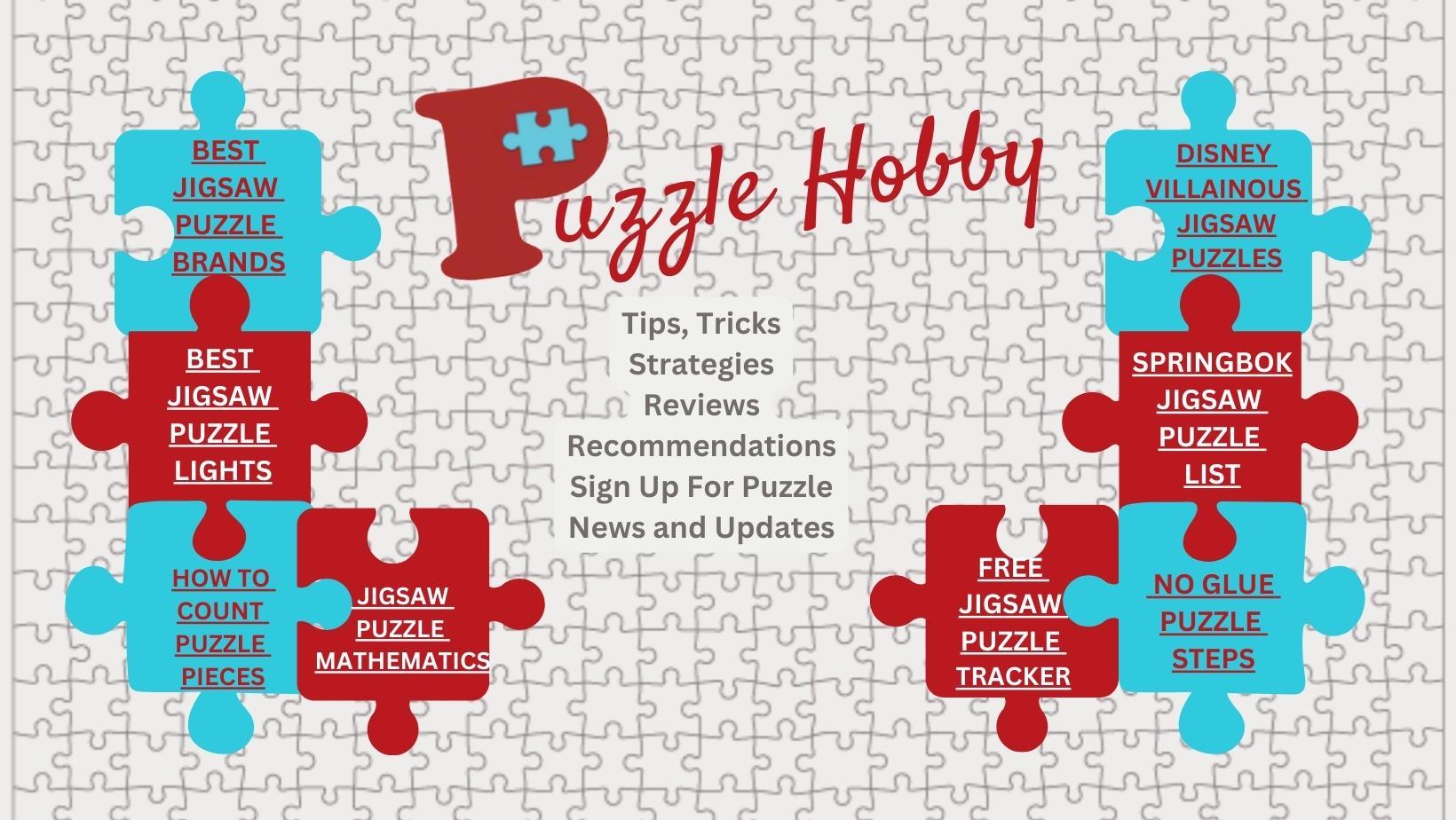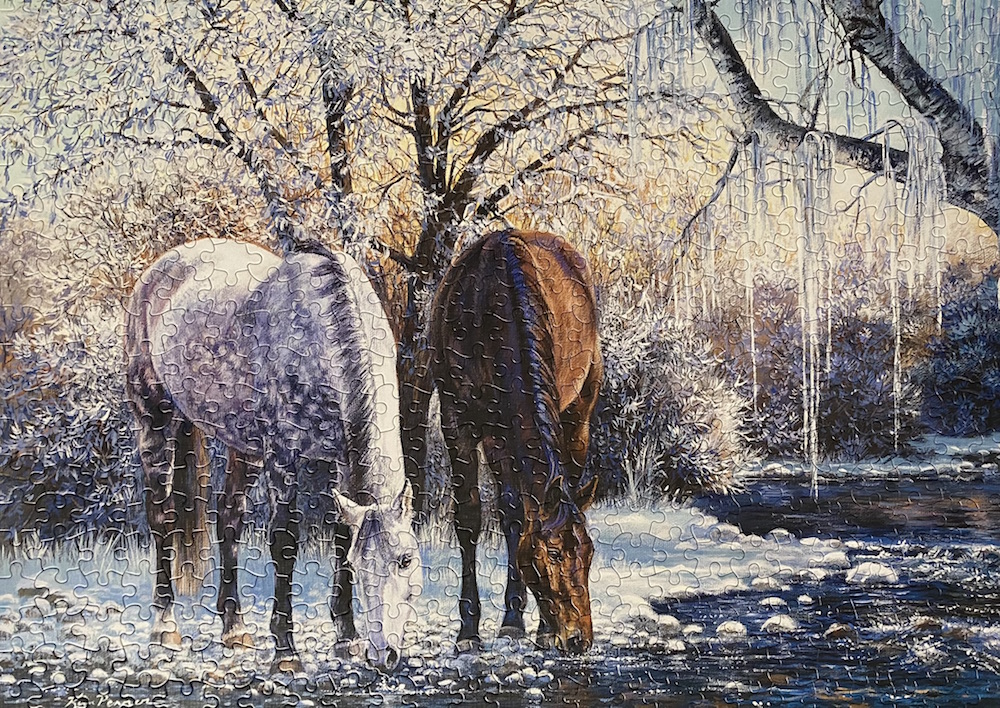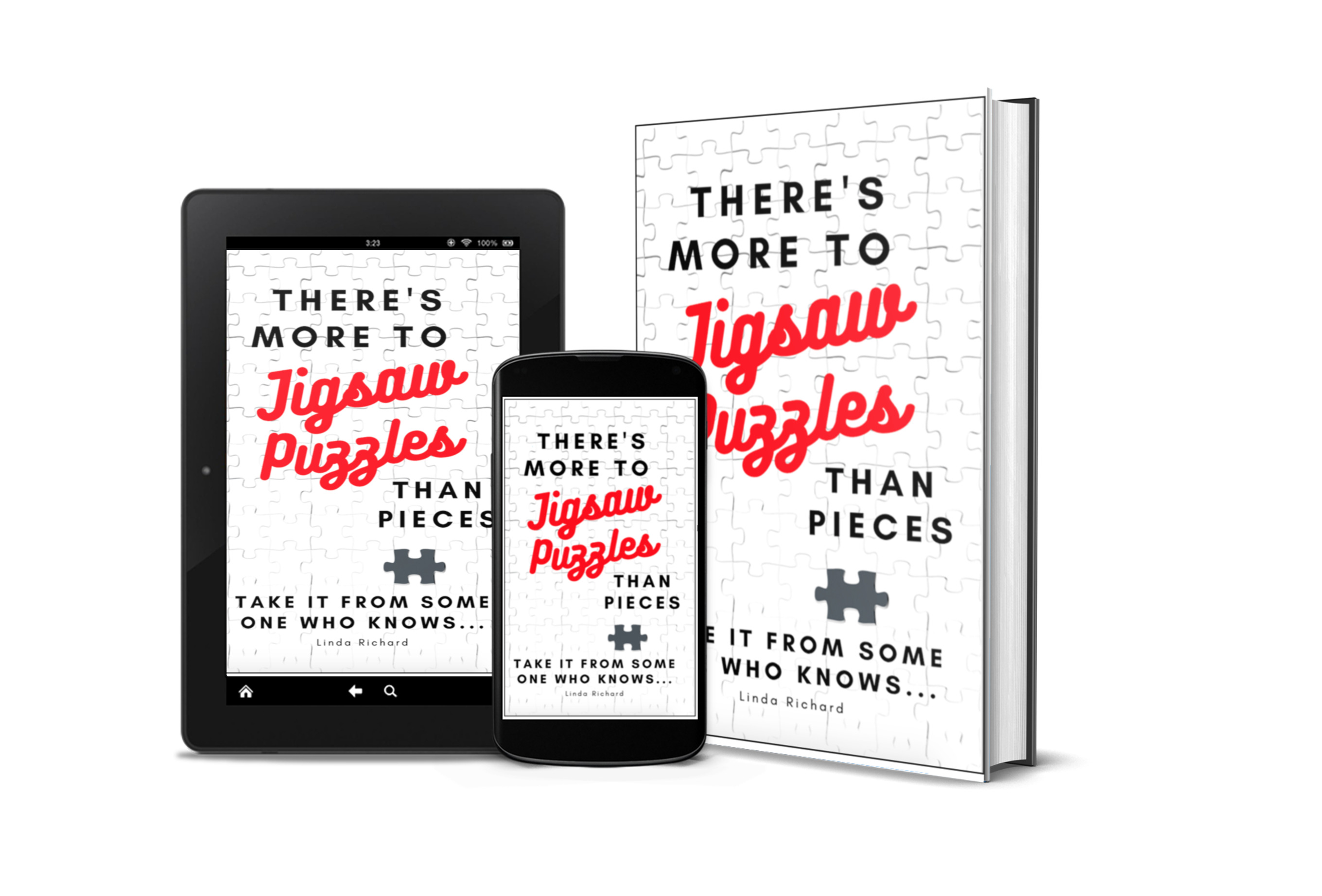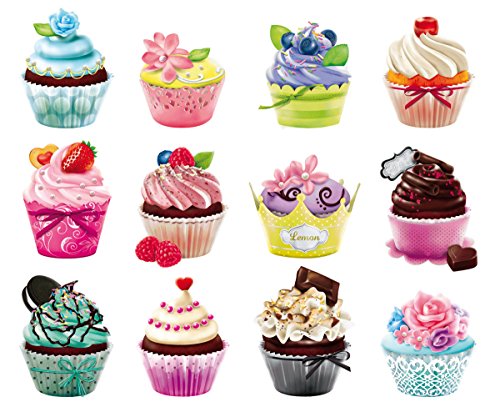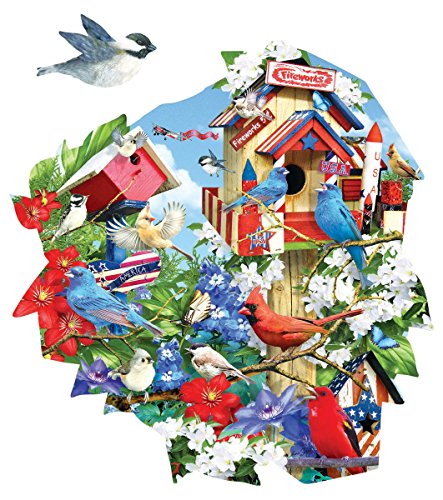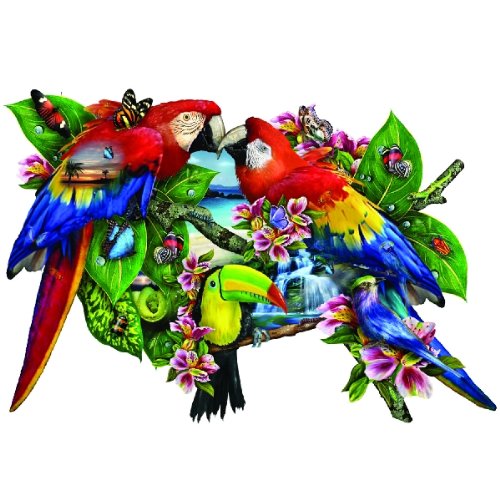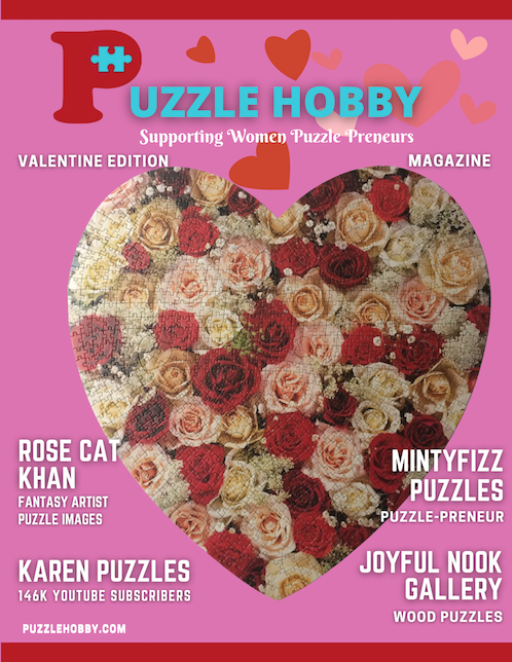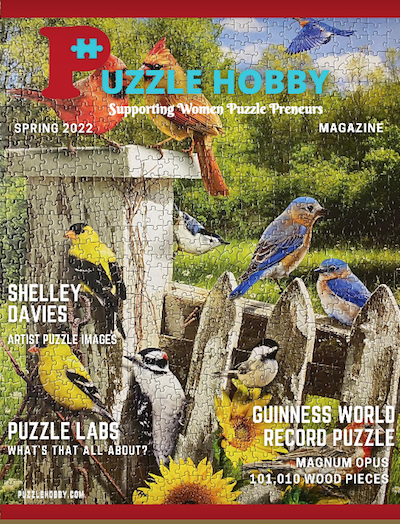 |
 |
- FAQ's 100 Questions
- Best Puzzle Brands
- Activities/Accessories
- Best Puzzle Lights
- Sponsored Reviews
- Sales l Giveaways
- Reap the Benefits
- Get Your Game On!
We are a participant in the Amazon Services LLC Associates Program, an affiliate advertising program designed to provide a means for us to earn fees by linking to Amazon.com and affiliated sites. Also, some of our posts contain other affiliate links and we will be compensated if you make a purchase after clicking on our links.


Top 10 Tips for Doing 500 Piece Jigsaw Puzzles
Are you looking for a fun and relaxing activity that you can enjoy alone or with family and friends?
Look no further than 500 piece jigsaw puzzles! Not too easy, but not too challenging, these puzzles are perfect for all ages and skill levels.
Whether you're a seasoned puzzle pro or a newbie looking to try your hand at something new, we've got you covered with our top 10 tips for doing 500 piece jigsaw puzzles.
Brand: Cobble Hill Puzzle Company, Title: Winters Beauty Puzzle, Artist: Kim Penner, Pieces: 500, Size: 48.9 x 67.6cm or 19.25 x 26.625″
Top 10 Tips for Doing 500 Piece Jigsaw Puzzles
- Choose a puzzle with an image that you love: When you're spending hours putting together a puzzle, it's important to choose an image that you really enjoy. Whether it's a scenic landscape or a cute animal, pick something that makes you happy and keeps you motivated.
- Sort the pieces: Before you start putting the puzzle together, sort the pieces by color and shape. This will make it easier to find the pieces you need as you work on the puzzle.
- Start with the edges: The edges are usually the easiest part of the puzzle to put together, so start there. Once you have the edge pieces in place, it will be easier to fill in the rest of the puzzle.
- Work on small sections: Instead of trying to put the whole puzzle together at once, work on small sections at a time. This will help you stay focused and prevent you from getting overwhelmed.
- Use the image on the box as a guide: The image on the box can be a helpful guide when you're working on the puzzle. Use it to help you figure out where each piece goes.
- Take breaks: Don't try to finish the puzzle in one sitting. Take breaks as needed to prevent eye strain and fatigue.
- Use good lighting: Good lighting is essential when you're working on a puzzle. Make sure you have plenty of light so you can see the details on each piece.
- Don't force the pieces: If a piece doesn't fit, don't force it. It's better to take a break and come back to it later than to risk damaging the puzzle.
- Involve others: Jigsaw puzzles are a great activity to do with family and friends. Get others involved to make the experience more enjoyable.
- Frame it: Once you've completed the puzzle, consider framing it and hanging it on the wall. This is a great way to showcase your hard work and enjoy the puzzle for years to come.
Now that you know our top 10 tips for doing 500 piece jigsaw puzzles, you may be wondering how long it should take to complete one. The answer varies depending on your skill level and the complexity of the puzzle, but on average it can take anywhere from a few hours to a few days. Over the years I have managed to maintain approximately 100 pieces per hour and that is an average speed overall the majority of puzzlers I have encountered over the years.
As for the age range for 500 piece jigsaw puzzles, children as young as 8 years old can usually handle them with adult supervision. However, it's important to consider each child's individual abilities and interests before giving them a puzzle to work on.
While 500 piece puzzles may be easier than 1000 piece puzzles, they can still be challenging for adults. The level of difficulty ultimately depends on the image itself. I have had some real trickster at 500 pieces.
Puzzle on...
- Best Quality Jigsaw Puzzles
- 43 Best Jigsaw Puzzle Brands
- 5 Best Jigsaw Puzzle Lights
- 11 Best Jigsaw Puzzle Tables
- 23 Best Jigsaw Puzzle Mats
- 85 Best Shaped Jigsaw Puzzles
- 29 Disney Villainous Jigsaw Puzzles
- Best Jigsaw Puzzles Scoops
- Best Jigsaw Puzzle Glue
- No Glue Method for Puzzles
- 115 Cobble Hill Jigsaw Puzzles
- 33 JaCaRou Jigsaw Puzzles
- 9 WerkShoppe Jigsaw Puzzles
- 5 Grateful House Jigsaw Puzzles
- 95 Eurographics Jigsaw Puzzles
- 7 Hennessy Jigsaw Puzzles
- 11 Ceaco Jigsaw Puzzles
- 29 Cloudberries Jigsaw Puzzles
- 2 Wentworth Jigsaw Puzzles
- _______Advertisement_______
We have collected a massive list of jigsaw puzzles in numerous categories on our Amazon Store link. It's a quick way to browse most current puzzles and/or specific seasons, accessories and themes. Makes for a terrific one-stop jigsaw puzzle gift giving shopping centre. CLICK HERE
You may also like these different jigsaw puzzles...
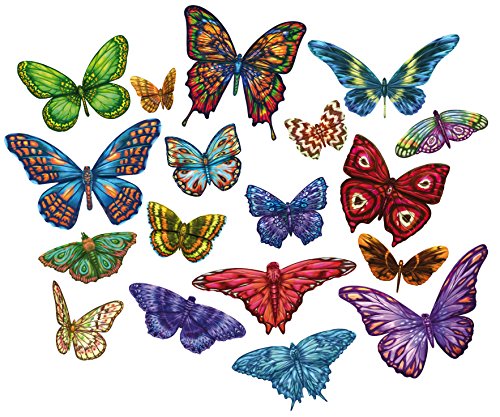 Butterflies 18 Mini Shaped Puzzles 500 Piece Total By Lafayette Puzzle Factory Butterflies 18 Mini Shaped Puzzles 500 Piece Total By Lafayette Puzzle Factory | ||
About: Mastering the Art of Choosing the Right Jigsaw Puzzle
Tips to Avoid Buying Overwhelmingly Difficult Images
Jigsaw puzzles offer a delightful challenge, but there are times when the level of difficulty can be overwhelming. Whether you're a seasoned puzzler or a novice looking for an enjoyable experience, it's important to choose the right puzzle image that matches your skill level and personal preferences. In this article, we'll explore the world of difficult jigsaw puzzles and provide you with a list of tips to help you avoid buying images that might leave you feeling frustrated.
1. Know Your Skill Level
Understanding your own puzzle-solving skills is key when selecting a jigsaw puzzle. Be honest with yourself about your experience and comfort level. If you're a beginner, it's best to start with puzzles that have a lower piece count and simpler imagery. As you gain confidence and experience, you can gradually challenge yourself with more complex puzzles.
2. Consider the Piece Count
The number of puzzle pieces directly affects the difficulty level. Larger piece counts, such as 1,000 pieces or more, can be more time-consuming and mentally demanding. If you prefer a less challenging experience, opt for puzzles with smaller piece counts, such as 500 pieces or even fewer.
3. Analyze the Imagery
Before purchasing a puzzle, carefully examine the image. Complex and intricate designs, such as landscapes with numerous details or abstract patterns, tend to be more challenging. If you're looking for a less daunting puzzle, choose images with clearly defined sections, distinct colors, or simpler motifs.
4. Read Product Descriptions and Reviews
Take the time to read product descriptions and reviews. Puzzle manufacturers often provide information about the level of difficulty, which can help you make an informed decision. Additionally, reading reviews from other puzzlers can give you insights into the puzzle's complexity and whether it aligns with your preferences.
5. Look for Beginner-Friendly Collections
Many puzzle companies offer collections specifically designed for beginners. These collections often feature puzzles with larger pieces, simpler imagery, or even hints and guidance to assist you along the way. Exploring these beginner-friendly options can be a great way to ease into the world of jigsaw puzzles.
6. Seek Variety in Piece Shapes
Some puzzles feature unique piece shapes that can add an extra layer of difficulty. If you're looking for a more accessible experience, consider puzzles with standard grid-shaped pieces. However, if you enjoy a challenge, look for puzzles with irregular or whimsical piece shapes, as they can make the assembly process more complex and engaging.
7. Check for Puzzle-Specific Features
Certain puzzle manufacturers offer features to indicate the level of difficulty. For example, some puzzles may have a "difficulty rating" on the packaging or specify whether they are suitable for beginners, intermediate puzzlers, or advanced enthusiasts. These indicators can be valuable in making an informed decision.
8. Consider Collaborations with Artists
Many jigsaw puzzle companies collaborate with renowned artists, resulting in a wide range of puzzle images with varying levels of difficulty. Some artists may have a distinctive style that makes their puzzles more challenging, while others may focus on creating accessible and enjoyable designs. Research the artist's work and style to ensure it aligns with your preferences and skill level.
9. Seek Recommendations from Fellow Puzzlers
Engaging with the puzzle community, whether through online forums, social media groups, or local puzzle clubs, can provide valuable insights and recommendations. Experienced puzzlers can share their thoughts on specific puzzle images and brands, helping you make informed choices.
10. Trust Your Instincts
Ultimately, trust your instincts and choose puzzles that genuinely spark joy and interest for you. While it's important to consider the difficulty level, it's equally crucial to select images that you find visually appealing and personally satisfying. Enjoying the process of assembling a puzzle is just as important as the challenge itself.
By following these tips, you'll be better equipped to choose jigsaw puzzles that match your skill level and provide an enjoyable experience. Remember, puzzles should be a source of relaxation and fun, so don't be afraid to explore different options and challenge yourself while staying within your comfort zone. Happy puzzling!
(ChatGPT, personal communication, June 20, 2023)
